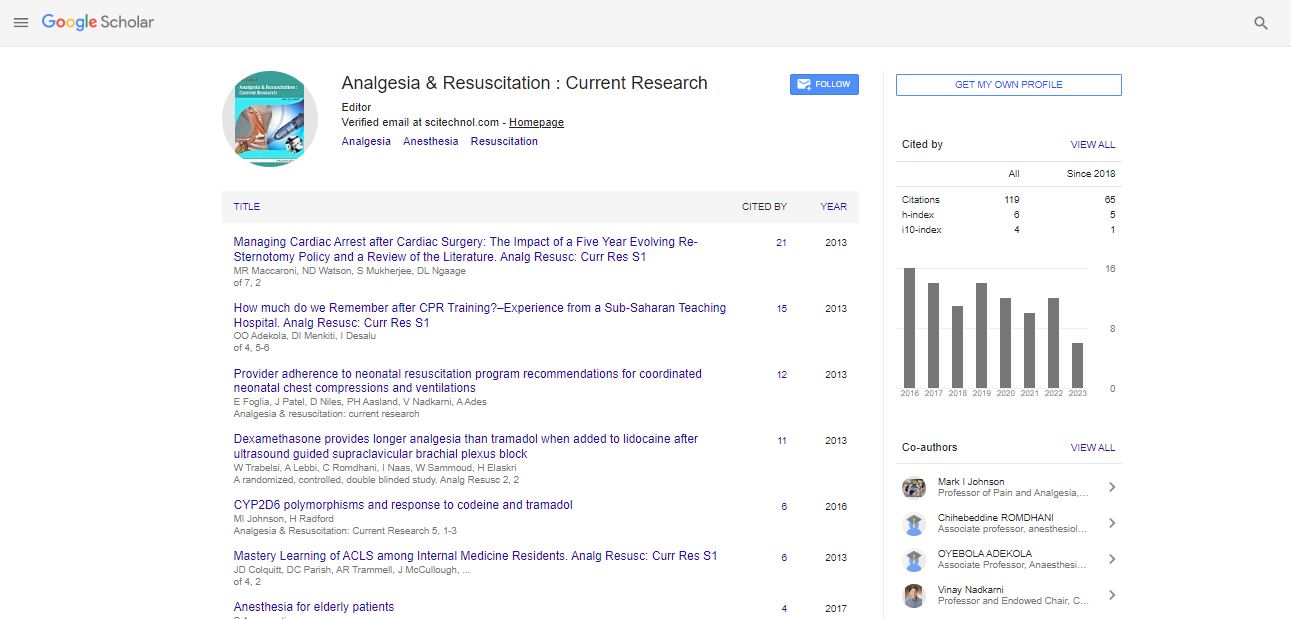Research Article, Analg Resusc Curr Res Vol: 7 Issue: 2
Bifidobacterium longum BB536 and Changes in Septicemia Markers Associated with Antibiotic Use in Critically Ill Patients
Takao Arai1*, Shiro Mishima2, Shoichi Ohta2, Tetsuo Yukioka2 and Tetsuya Matsumoto3
1Department of Emergency Medicine and Critical Care, Tokyo Medical University Hachioji Medical Center, 1163 Tatemachi, Hachioji, Tokyo, Japan
2Department of Emergency and Critical Care Medicine, Tokyo Medical University Hospital, 6-7-1 Nishishinjuku, Shinjuku-ku, Tokyo, Japan
3Department of Microbiology, Tokyo Medical University, 6-1-1 Shinjuku, Shinjuku-ku, Tokyo, Japan
*Corresponding Author : Takao Arai
Department of Emergency Medicine and Critical Care, Tokyo Medical University Hachioji Medical Center, 1163 Tatemachi, Hachioji, Tokyo, Japan
Tel: +81-42-665-5611
E-mail: qqaraitakao@yahoo.co.jp
Received: April 05, 2018 Accepted: April 23, 2018 Published: April 30, 2018
Citation: Arai T, Mishima S, Ohta S, Yukioka T, Matsumoto T (2018) Bifidobacterium longum BB536 and Changes in Septicemia Markers Associated with Antibiotic Use in Critically Ill Patients. Analg Resusc: Curr Res 7:2. doi:10.4172/2324-903X.1000161
Abstract
Objective: Probiotics exert beneficial effects on gastrointestinal microflora, but these effects may be counteracted by antibiotics, particularly when used in critically ill patients. The aim of this study was to examine the effects of probiotics in association with antibiotics on septicemia markers.
Methods: In total, 64 critically ill patients were randomized to receive conventional therapy alone (control group) or with a transluminal preparation containing Bifidobacterium longum BB536 (probiotic group). Patients were retrospectively divided into two subgroups depending on whether they received antibiotic therapy during the study period. Outcome measures included fecal bifidobacteria numbers and serum concentrations of procalcitonin and interleukin 6.
Results: After probiotic/control intervention, in the non-antibiotic subgroup, mean fecal bifidobacteria number was significantly
higher in the probiotic group compared with the control group (8.30 ± 0.84 vs. 6.80 ± 0.90 102 colony-forming units/g, respectively, P<0.01). Mean serum procalcitonin (0.44 ± 0.78 vs. 1.19 ± 1.16 ng/mL, P<0.05) and interleukin 6 (116 ± 131 vs. 230 ± 162 ng/mL, P<0.01) levels were significantly lower in the probiotic group. The outcome measures of patients who received antibiotics were not significantly different between the probiotic and control groups.
Conclusion: Our findings suggest that B. longum BB536 suppresses upregulation of procalcitonin and interleukin 6, preventing infectious
complications, but the effect was counteracted by antibiotics. This may partly explain why probiotics are not always effective in critically ill patients. Nevertheless, our findings suggest that routine prophylactic use of B. longum BB536 would be beneficial for critically ill patients with non-infectious diseases not receiving
treatment with antibiotics.

